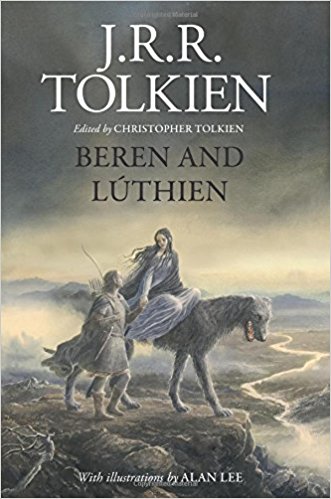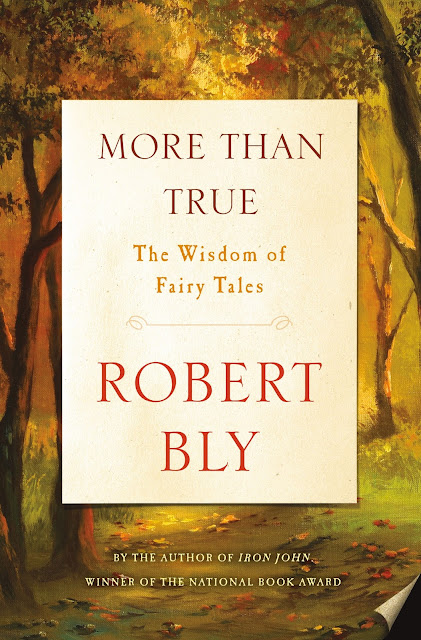J.R.R. Tolkien’s “Beren and Luthien”, published for the first time as a standalone novel by his son, Christopher Tolkien, last year (2017), is a romantic fairy-tale and fantasy story about the love and journey between a mortal man – Beren - and an Elfin maiden – Luthien. The tale is included in Christopher Tolkien’s edition of his father’s other work, “The Silmarillion”, but is, in this publication, told in full detail, with most of J.R.R. Tolkien’s editions, revisions, embellishments and subtractions included. Reading this publication is like listening to the same piece of music over and over again. Though it is the same song being played, each time it is played the song sounds quite different, with each unique articulation changing the mood, tone, and pace of its story, allowing the listener, or here, the reader, to pay attention to the intricate details, from which an infinite amount of meanings and renderings can be produced. “Beren and Luthien” was notably written a year after...





